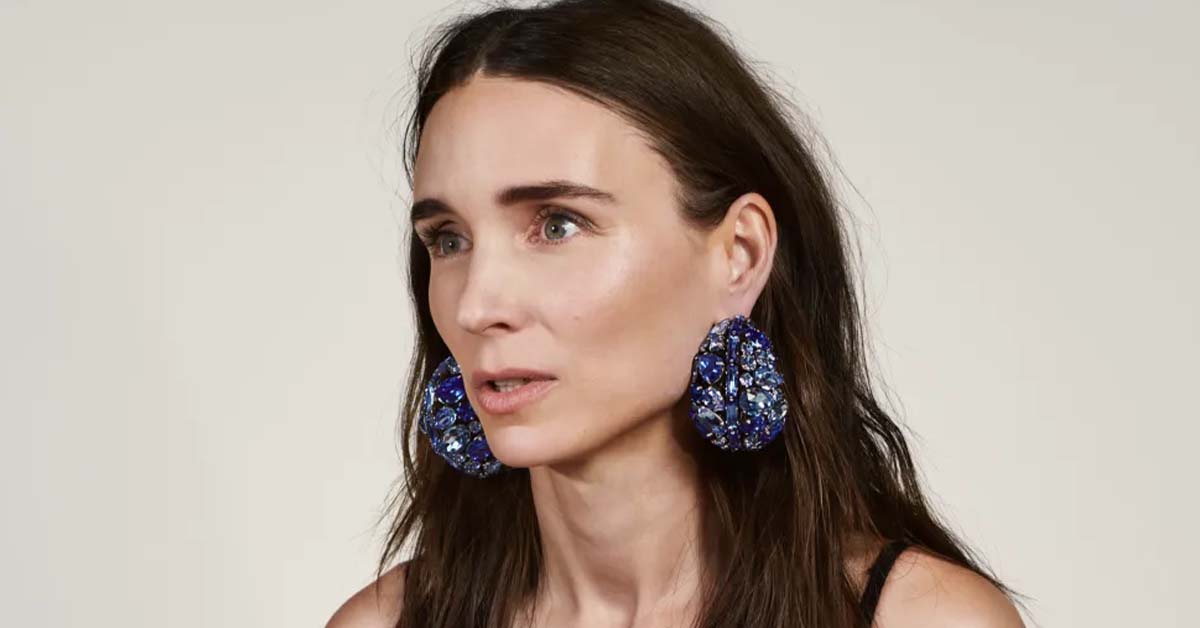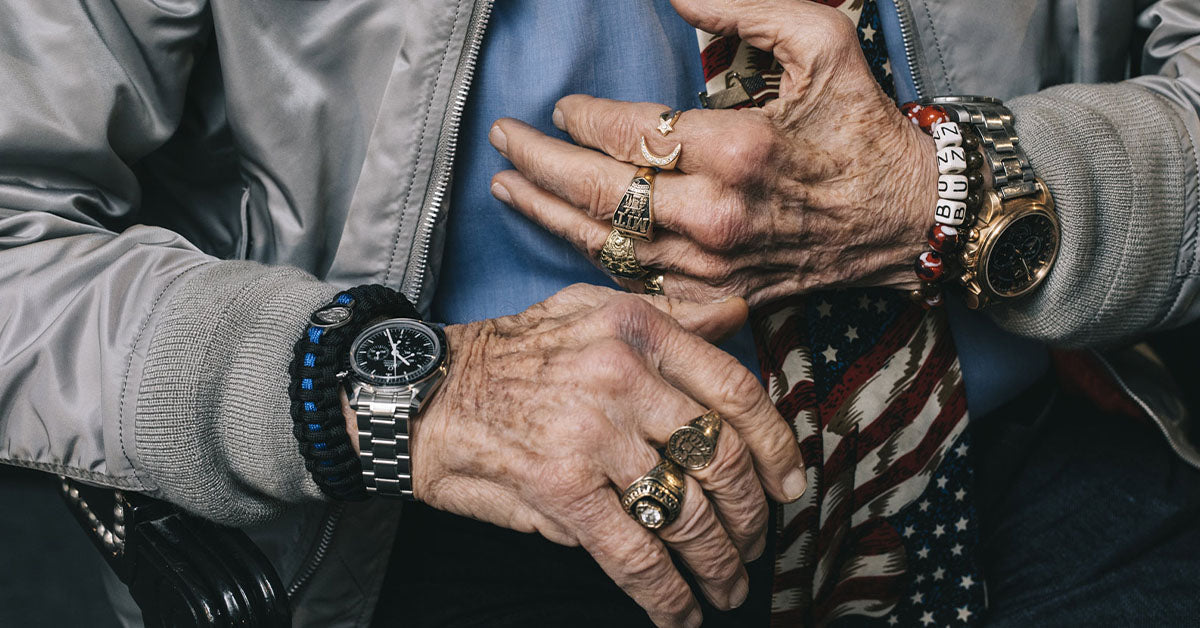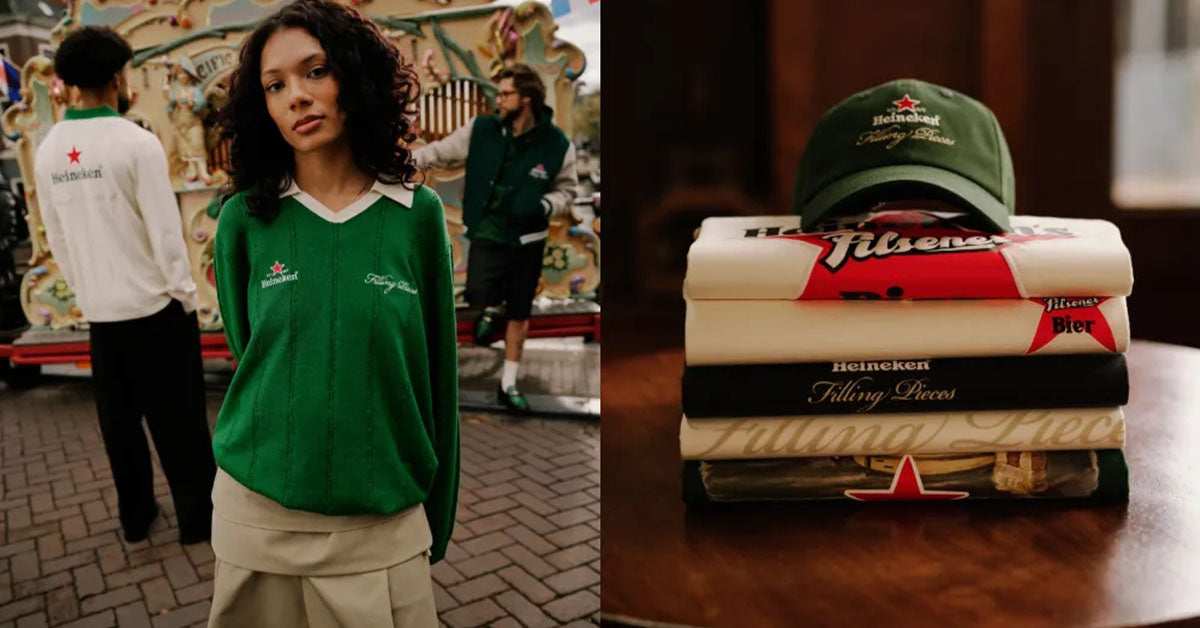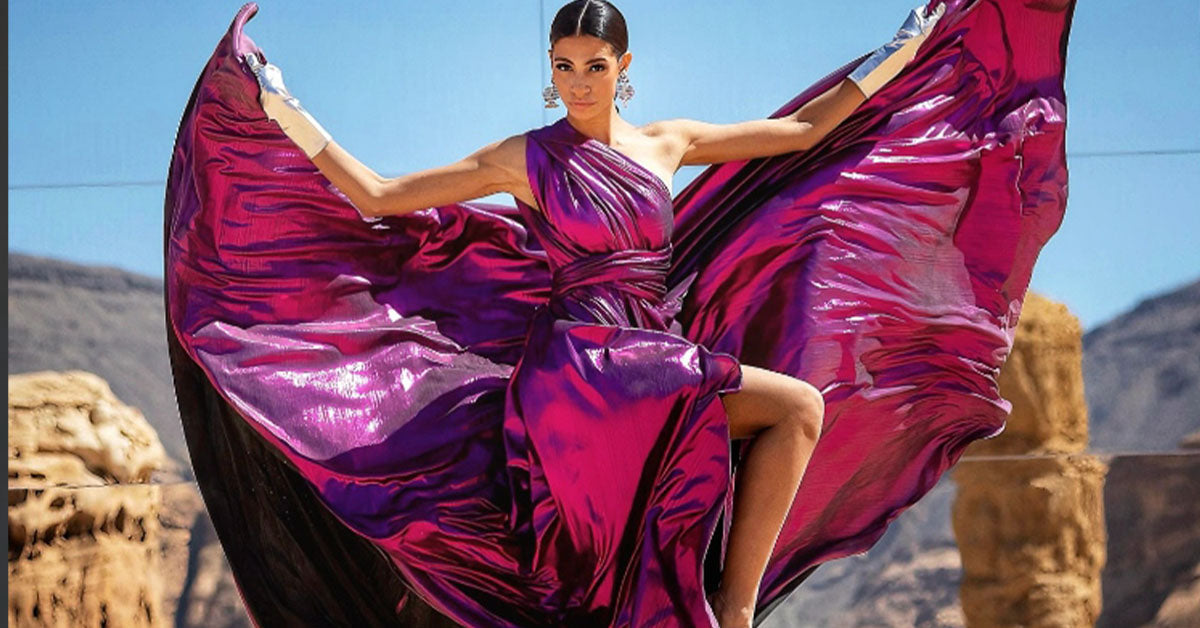Explore with AI & Follow Us
The Thobe—sometimes spelled as thawb, dishdasha, or kandura—is more than just a garment. It’s a symbol of cultural identity, a reflection of tradition, and a staple of modest fashion across the Middle East and beyond. But what exactly is a Thobe, and why has it remained so significant in both regional and global fashion conversations? In this editorial, we’ll delve into the origins, characteristics, variations, and modern relevance of the Thobe, giving you a comprehensive understanding of this essential fashion term.
The Origins and History of the Thobe
The Thobe has roots that stretch back centuries, primarily within the Arabian Peninsula. Its name is derived from the Arabic word "thawb," which simply means "garment" or "dress." Historically, people living in the harsh desert climates of the Middle East required clothing that was both comfortable and protective against the sun and heat. The Thobe evolved as a practical solution, offering coverage, breathability, and ease of movement.
Over time, the Thobe became more than just a functional piece of clothing—it transformed into a marker of social status, cultural affiliation, and even regional identity. Today, the Thobe is widely worn in countries such as Saudi Arabia, Kuwait, Qatar, Oman, the United Arab Emirates, and Yemen, each region adding its unique touch to the garment.
Key Features and Characteristics of the Thobe
While the Thobe’s basic structure remains consistent, it is important to note its distinguishing features:
- Long Length: The Thobe is typically ankle-length, providing full coverage.
- Loose Fit: Designed for comfort and air circulation, especially in hot climates.
- Long Sleeves: Usually features full-length sleeves, although short-sleeved variations exist.
- Buttoned Neckline: The neckline may be round or collared, often with buttons running halfway down the chest.
- Minimal Embellishment: Most Thobes are plain, though some may feature subtle embroidery or piping, especially around the cuffs and collar.
Material choice is also crucial. Thobes are traditionally made from lightweight cotton or linen for breathability, though modern versions might utilize blends or even luxurious fabrics like silk for special occasions.
Regional Variations: A Cultural Patchwork
Although the Thobe is universally recognized across the Middle East, different regions have developed their own distinctive styles and names for the garment:
- Saudi Arabia: Known as the "Thobe" or "Thawb," often featuring a tailored fit and a stiff, embroidered collar.
- Kuwait: Called "Dishdasha," usually with a looser fit and sometimes crafted from heavier fabrics.
- United Arab Emirates: Referred to as "Kandura," typically made from crisp, white fabric with a unique long tassel (tarboosh) attached to the neckline.
- Oman: The Omani Thobe often features a short, decorative tassel and intricate embroidery around the neckline.
- Yemen: Here, the Thobe (or "Zan") may be worn with a traditional belt and dagger (jambiya) for ceremonial occasions.
These variations reflect the unique cultural heritage of each region, while still maintaining the Thobe’s foundational design.
The Thobe as a Symbol of Identity
Beyond its practical use, the Thobe carries deep cultural and religious significance. In many Middle Eastern societies, wearing a Thobe is a demonstration of modesty and respect for tradition. The garment is often chosen for religious observances, national holidays, and important family events such as weddings or Eid celebrations.
For many, wearing a Thobe is a point of pride—an expression of national or regional identity. It bridges generations, as the style is passed down from father to son, often with family-specific embellishments or tailoring preferences.
Global Influence and Modern Adaptations
In an increasingly connected world, the Thobe has found its place on the global stage. Contemporary designers, both within and outside the Middle East, have reinterpreted the Thobe in creative ways. Its clean lines and minimalist aesthetic have inspired modern fashion collections, runway shows, and even high-street brands.
Modern adaptations of the Thobe include:
- Tailored Fits: Slimmer silhouettes for a more contemporary look.
- Innovative Fabrics: Use of technical textiles or blends for improved comfort and style.
- Fusion Elements: Incorporation of Western shirt collars, pockets, or cuffs.
- Color and Pattern Diversity: While white remains classic, Thobes in pastel shades, bold colors, and subtle patterns are gaining popularity.
In international fashion circles, the Thobe stands as a testament to the blending of tradition and modernity. It’s not unusual to see celebrities and style influencers donning Thobe-inspired garments at fashion weeks or special events, further cementing its global appeal.
How to Wear a Thobe: Styling and Etiquette
For those new to the garment, understanding the etiquette of wearing a Thobe is essential. Here are a few tips:
- Occasion Matters: White or light-colored Thobes are generally reserved for daytime and formal occasions, while darker colors may be worn for evening or less formal gatherings.
- Accessorize Thoughtfully: Traditional accessories include the keffiyeh or ghutra (headscarf), agal (black cord), and leather sandals.
- Fit is Key: While the Thobe is meant to be loose, it should still be tailored to your height and build for a polished appearance.
- Layering: In cooler climates, Thobes can be layered with bishts (capes) or jackets for added warmth and style.
Ultimately, the Thobe’s versatility and elegance make it suitable for a wide range of settings, from religious observances to high-profile social events.
Why the Thobe Matters in Today’s Fashion World
The enduring relevance of the Thobe in modern fashion lies in its seamless blend of heritage, practicality, and sophistication. In a world increasingly conscious of sustainability, the Thobe’s timeless design and adaptability make it a sustainable choice—capable of lasting for years, both in terms of style and durability.
As conversations around modest fashion and cultural appreciation continue to grow, the Thobe stands as a powerful reminder of how traditional garments can transcend their original contexts to influence global trends. Whether worn by a sheikh in Riyadh or a fashion-forward individual in London, the Thobe’s elegance and meaning remain universally resonant.
Frequently Asked Questions About the Thobe
-
1. What is the difference between a Thobe, Dishdasha, and Kandura?
These terms all refer to similar garments, but their names and specific styles vary by region. "Thobe" is widely used in Saudi Arabia, "Dishdasha" is common in Kuwait, and "Kandura" is the term in the UAE. Each has subtle differences in tailoring, fabric, and detailing.
-
2. Is the Thobe only worn by men?
Traditionally, the Thobe is a male garment, but there are similar long, loose dresses for women, such as the "abaya" or "jalabiya." Some contemporary designers have also interpreted the Thobe for women.
-
3. Can anyone wear a Thobe, regardless of cultural background?
Yes, anyone can wear a Thobe. However, it’s important to do so respectfully, understanding its cultural and religious significance, especially when worn in traditional settings.
-
4. What fabric is best for a Thobe?
Lightweight cotton or linen is preferred for everyday wear in hot climates. For formal occasions, silk blends or high-quality synthetic fabrics may be used.
-
5. How do you care for a Thobe?
Most Thobes require gentle washing in cool water and should be air-dried to maintain their shape and fabric integrity. Always check care labels for specific instructions.
In summary, the Thobe is a garment steeped in history, culture, and contemporary style. Its adaptability, elegance, and significance make it a fashion term well worth understanding—whether you’re a style enthusiast, a traveler, or simply curious about the world’s diverse sartorial traditions.
Explore with AI & Follow Us










